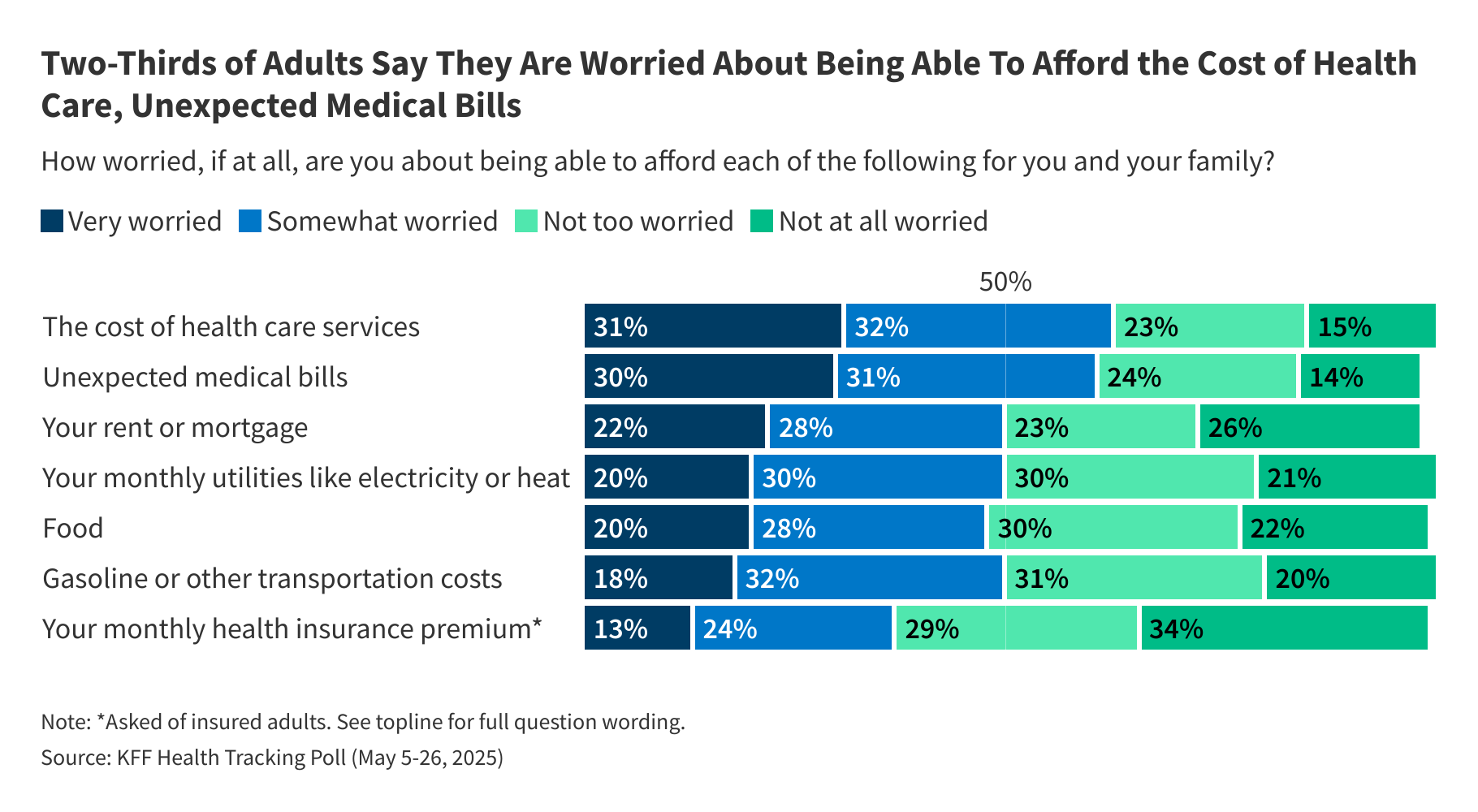Hearing loss can have serious effects like difficulty in communicating with others or delayed language development in children. Such problems can lead to feelings of loneliness and frustration, particularly for older adults. The challenges caused by hearing loss can significantly affect a person’s social life and emotional well-being. But do not worry about it! The latest growing technology is guiding your path to bring back the pleasant sound for your ears.
1.What Is That Buzz About Hearing Loss
Hearing loss happens when someone cannot hear as clearly as others with normal hearing, which means sounds below 20 dB are hard to detect, ranging from mild to severe. Worldwide, an estimated 34 million children are affected; some cases are preventable. People over 60 years old also experience hearing loss; early detection and treatment can decrease the impact. Hearing aids are effective for sensorineural hearing loss caused by damage to the tiny hair cells in your inner ear.
2.Inside the Magic: How Hearing Aids Actually Work
A hearing aid has three main components: a microphone that picks up sounds, an amplifier that boosts them, and a speaker that sends the boosted sound into your ear. Additionally, it has batteries to power it, volume controls, a sound processor that helps clarify speech, and personalized ear molds that make it fit better, especially with nearly complete loss of hearing. AI-powered models adapt to sound preferences and stream audio directly via Bluetooth. Some are meticulously designed to fit inside the ear canal and rechargeable options that last all day. Additionally, certain AI tracks fitness and health data to offer more than just hearing assistance.
3.Finding the Best Fit for You
Finding a hearing aid that fits well and meets the needs of your hearing requires thorough research. Different varieties come with different designs; some have extra features, and different ones will be suited according to the severity of your loss of hearing, your lifestyle, and what suits your personal preference. Some want small, discrete aids, while others need larger versions and ones that are easier to use. Some features may be of more or less importance depending on how one works or lives, and they may include Bluetooth connectivity or noise cancellation. A budget will usually dictate how many features command a higher price.
4.Care and Maintenance: Keep It in Shape
- Wipe the hearing aid with a soft, dry cloth. This will clean the earpiece and microphone.
- Use the cleaning brush that came with them and clean it often.
- Have them professionally cleaned and checked every six months or more often if there are issues.
- Only use cleaning liquids or sprays made for hearing aids rather than avoid water, alcohol, or regular cleaning products.
- Store your hearing aids in a dry, cool place where the humidity does not reach them.
- Take batteries out when not in use.
- Store overnight in a drying kit.
- Replace any part of the hearing aid, including the battery, tubing, and filter, as needed.
- Try not to use sticky products like hairspray with your hearing aids.
- Check your pockets before washing so that your hearing aids do not get washed.
Along with the technological development of hearing aids, you do not have to suffer anymore from hearing loss! Right hearing aid awaits-from features of AI to elegant designs. Wake up once more to the sounds of life and connect with the world around you!
Publisher: Source link









